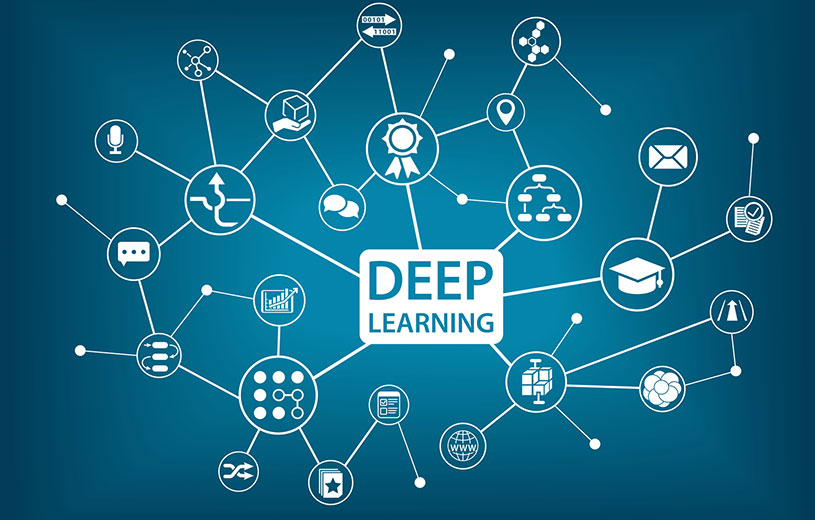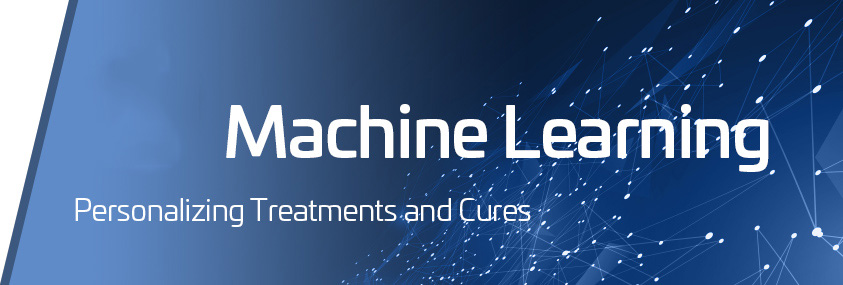Data Analytics Training In Bangalore
ABOUT THE COURSE:
Data Analytics course is an introduction to Data Science and Statistics using the R programming script with Python. It covers both the Statistical thoughts and the practical execution using R and Python. This program will teach you how to organize Microsoft Windows-based PC’s; the illustrative code will continue running on MacOS graphical operating system or Linux open source software operating system.
Target audience:
Data Science Training In Bangalore
- Big Data and Data Science professionals, Software developers
- Business Intelligence professionals, Information Architects, Project Managers
- Those looking to make a career in Big Data, Data Science
- Graduate or Post-graduate management/engineering Fresher Students who need a career in Data Science Industry or should be future Data Scientist.
- Masters who need to use a scattered enrolling engine for gathering or stream planning or both
- Specialists who need to utilize Spark for separating datasets
- Data Scientists who require a single engine for dissecting and exhibiting data.
- MBA Graduates or business specialists who are wants to move to a quantitative part. Engineers/Professionals who need to know fundamental knowledge and set up a system for a career in Data Science



